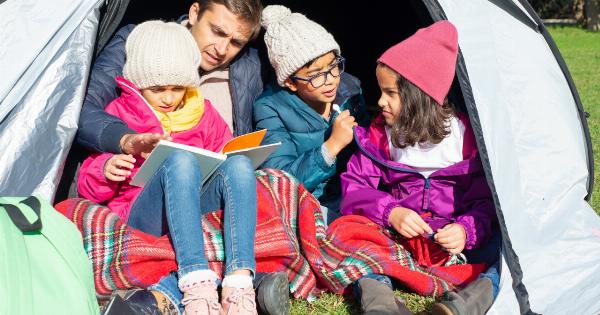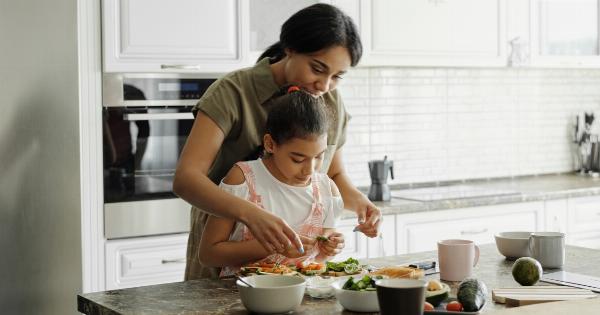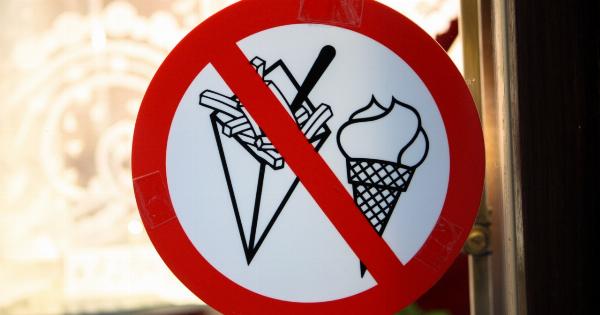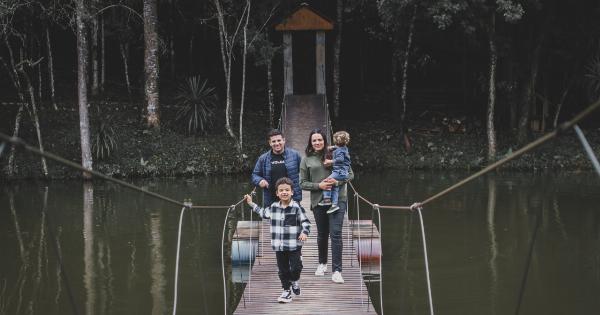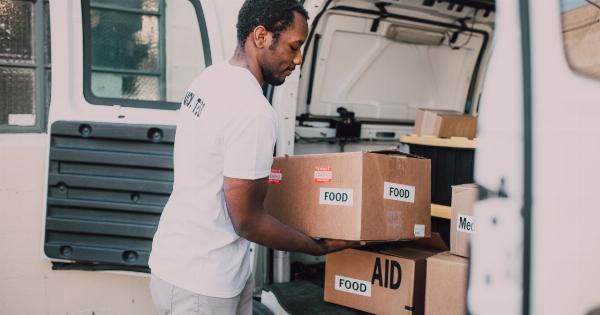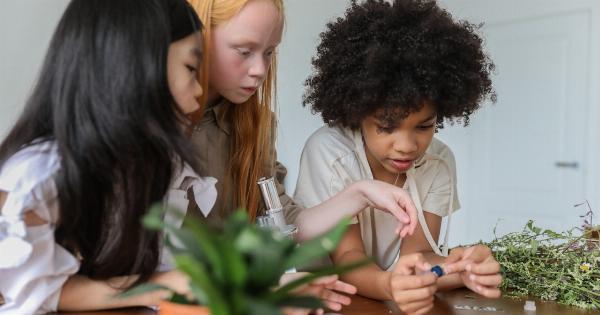An earthquake is a sudden and violent shaking of the ground, often resulting in widespread damage and destruction.
These unpredictable natural disasters can occur at any time and in any location, making it crucial to be prepared and know how to keep your family safe. By following a few key steps, you can minimize the risks and protect your loved ones during an earthquake.
Educate Your Family
One of the most important steps in earthquake preparedness is education. Teach your family members about earthquakes, including what causes them and how to identify the early warning signs.
Explain the importance of having a plan in place and the actions they should take during an earthquake.
Create an Emergency Plan
Develop a comprehensive emergency plan that includes specific instructions for each family member. Determine safe meeting spots both inside and outside the house in case you get separated.
Assign responsibilities to each family member, such as turning off utilities or gathering emergency supplies.
Secure Heavy Furniture and Objects
During an earthquake, unsecured furniture and objects can become hazards, potentially causing injuries or blocking escape routes. Secure heavy furniture, bookcases, and appliances to the walls using brackets or straps.
Use earthquake putty or Velcro to secure smaller items like picture frames, vases, or electronics.
Reinforce Your Home’s Structure
Consult with a professional to assess your home’s structural strength and make necessary reinforcements. This may include strengthening walls, installing flexible fittings for gas and water lines, or adding extra bracing to the foundation.
Reinforcing your home can help it withstand the seismic forces of an earthquake.
Check Building Codes and Regulations
Ensure that your home meets the current building codes and regulations for earthquake safety. If you live in an area prone to earthquakes, it’s essential to have structures that are specially designed to withstand seismic activity.
Consider retrofitting your home if necessary.
Create an Emergency Kit
Assemble an emergency kit that includes essential items such as a first aid kit, non-perishable food, water, flashlights, batteries, a portable radio, blankets, and a supply of any necessary medications.
Store the kit in an easily accessible location and make sure everyone in your family knows where it is.
Practice Drop, Cover, and Hold On
Teach your family members the basic protective actions of drop, cover, and hold on. In the event of an earthquake, they should drop to their hands and knees, take cover under a sturdy piece of furniture, and hold on until the shaking stops.
Regularly practice this drill to ensure everyone knows what to do instinctively.
Identify Safe Zones in Each Room
Show your family members the safest spots in each room of your house. These spots are typically near interior walls, away from windows, heavy furniture, and objects that may fall.
By identifying safe zones, you can reduce the risk of injury due to falling debris during an earthquake.
Teach Your Family Fire Safety
Earthquakes can lead to fires, which can be even more dangerous than the initial shaking. Educate your family about fire safety measures, such as how to use fire extinguishers and how to escape safely in the event of a fire.
Install smoke detectors on each floor of your home and regularly check that they are functioning properly.
Stay Informed
Keep track of earthquake forecasts and alerts in your area by staying informed through local news, radio, or mobile apps.
Familiarize yourself with the emergency response procedures of your community and know where the nearest designated shelters or safe zones are located.
Conclusion
Earthquakes may be uncontrollable, but being prepared can significantly reduce the risks and ensure the safety of your family.
By educating your loved ones, creating an emergency plan, securing furniture, reinforcing your home’s structure, and practicing safety drills, you will be better equipped to handle the impact of an earthquake. Remember to stay calm and stay informed to protect your family and navigate through this natural disaster effectively.









